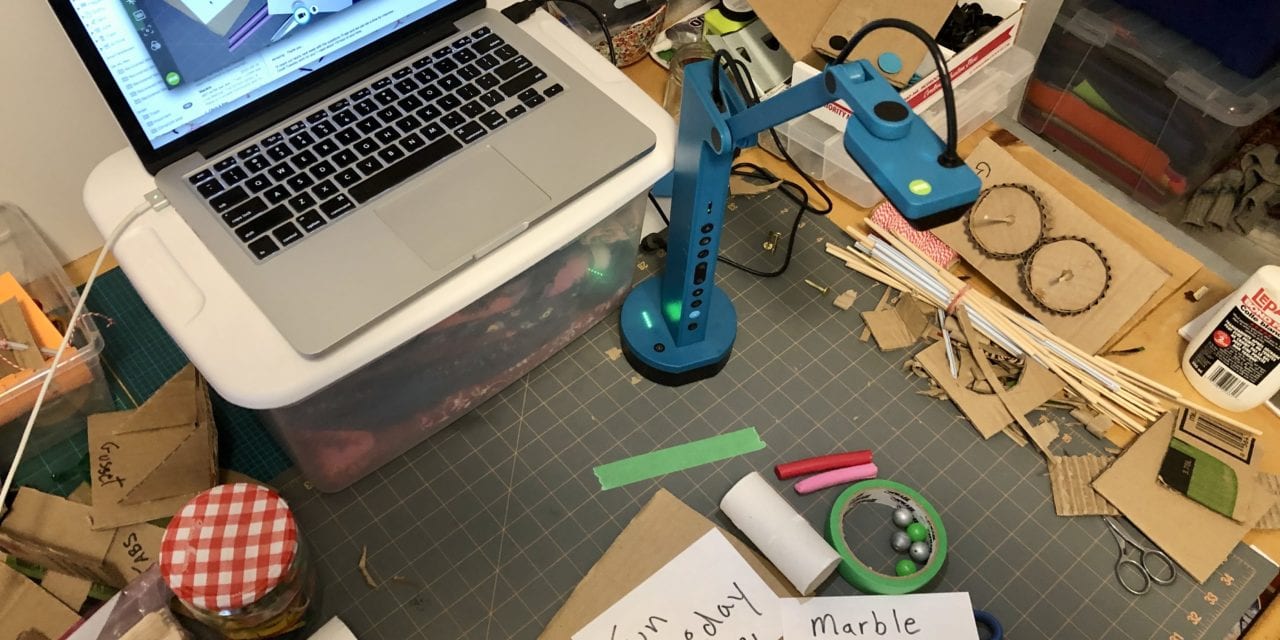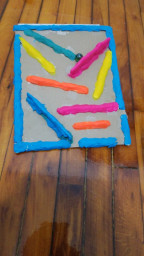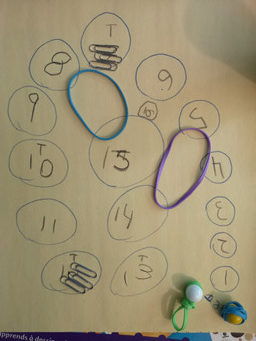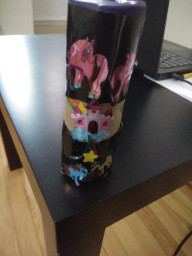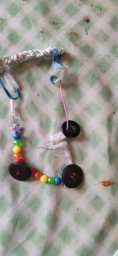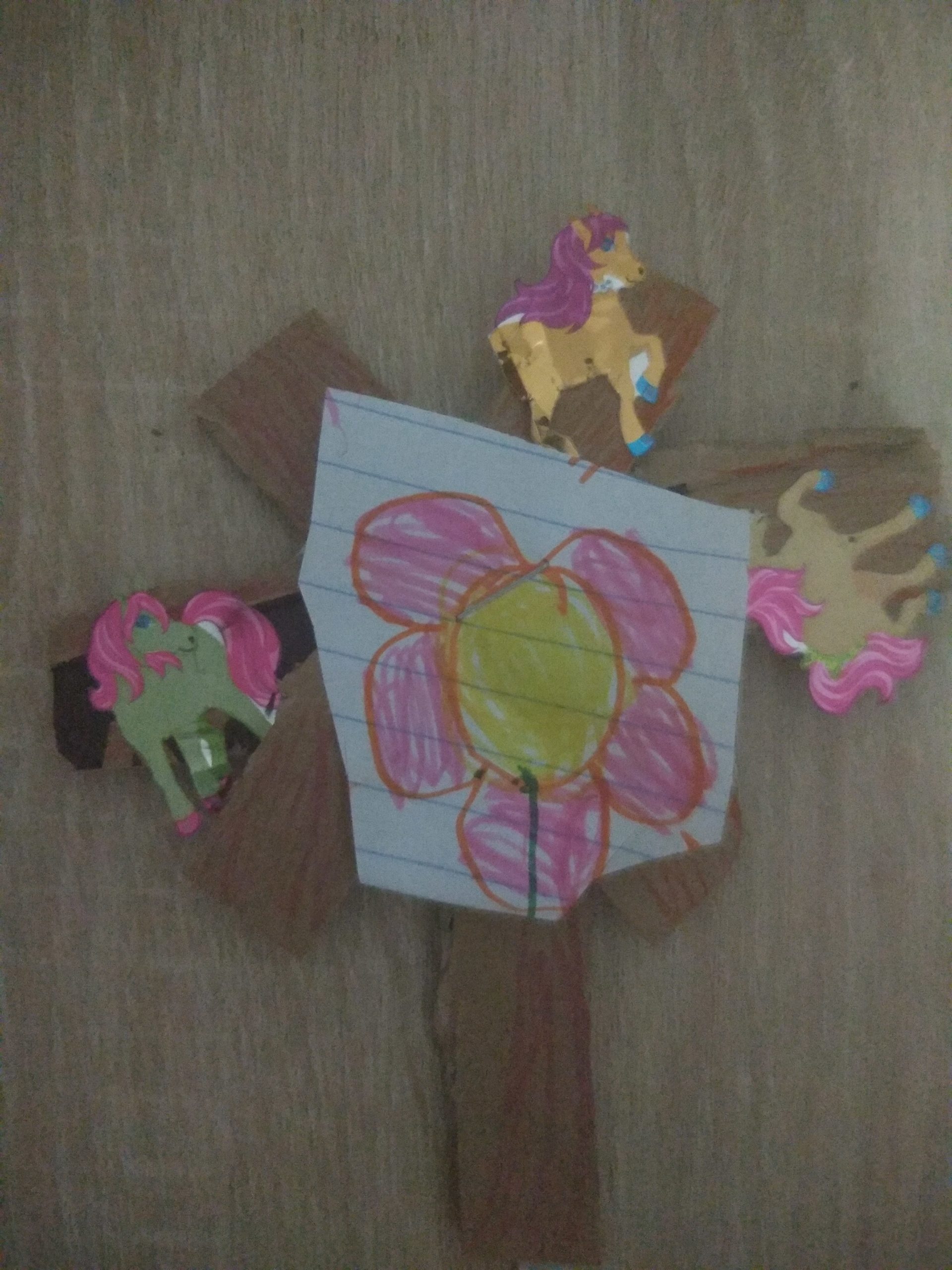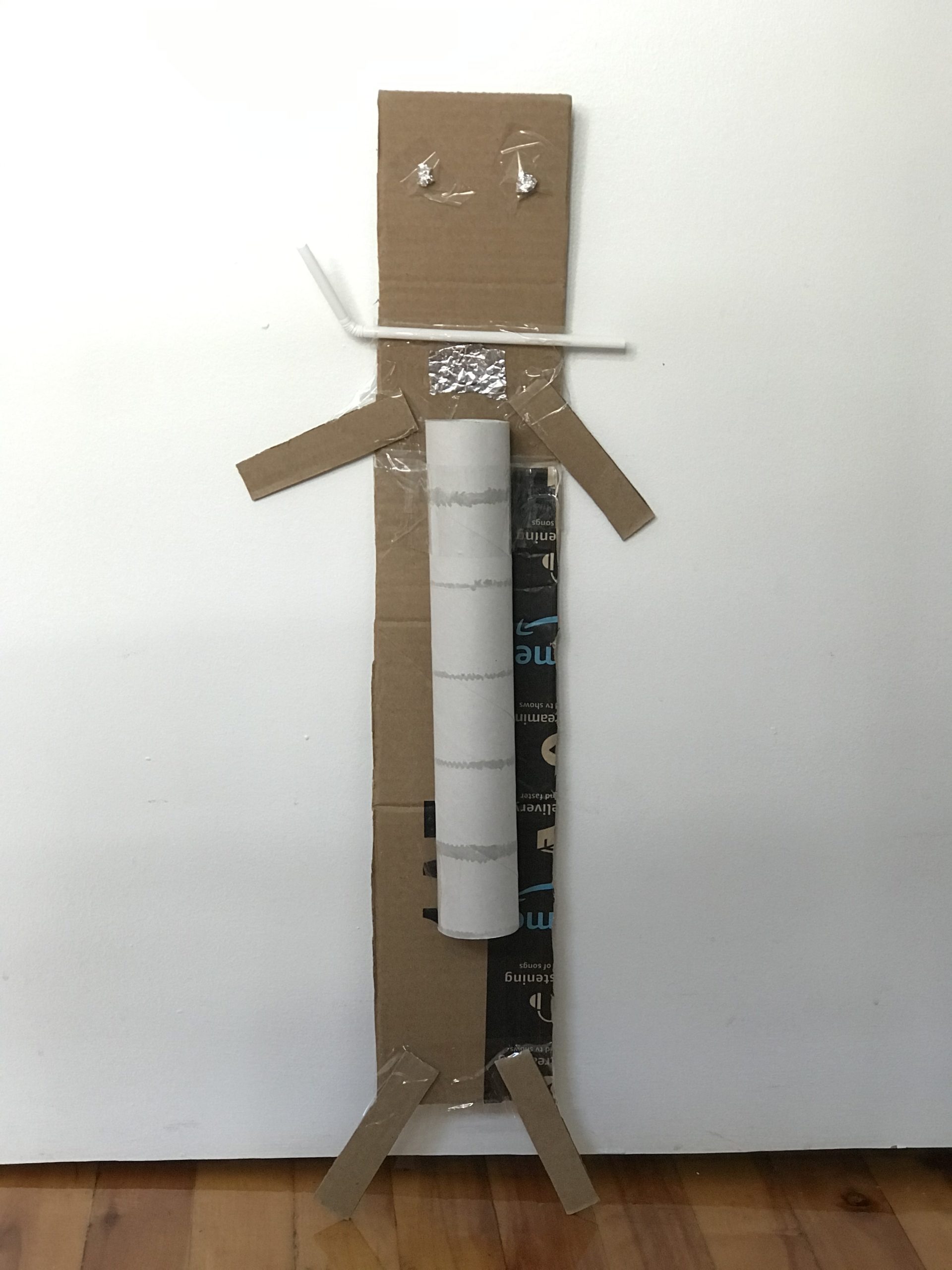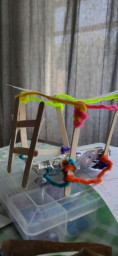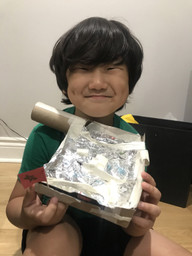Teaching might have changed over the past few months, but our students’ needs haven’t. They still need their teachers, relevant content, and above all, engaging learning activities. If our teaching practices don’t engage our learners online, we can count on disengagement from their teachers, their learning and of course from school as a whole. Educators around the world are now having to find out what motivates their students and give them reason to be online. In here lies the crux of the future of online education; what will be the hook that makes the distance, the screen, and the isolation become invisible to our learners?
With this in mind, members of the pedagogical team at LEARN, in close consultation with English Montreal School Board (EMSB) STEAM and Science consultants, Sara Iatauro, Jason Bixby and Valerie Honig decided to bring STEAM (Science, Technology, Engineering, Art and Math) education online for some of our youngest learners. Our discussions revolved around integrating hands-on activities that could be used to model for teachers that authentic content and engagement could be accomplished online. The technical design process was our anchor, in that we had students brainstorming ideas, consolidating those ideas into a single prototype, then sharing their creations with their peers. The main content concepts connected to our curriculum were techniques and instruments (#CardboardConstruction) and structures that affect a force on an object (#MarbleMaze). Our intention was to support teachers in giving students opportunities to be completely engaged with STEAM challenges that began online as a class, and that students continued once the screens were turned off. So began “Fun Fridays.”
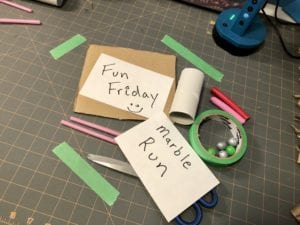
Chris Colley, pedagogical consultant at LEARN worked with Jennifer Oner and Tiffany Templeton, grade one teachers from Westmount Park elementary school at EMSB. Their school closed its doors to students back in March and will remain closed until at least August, making it a necessity to get their online presence in motion. Both taught their grade one students everyday on Zoom from 8:30 to 10 am. No small feat! Collectively we thought it might be a good time to try hands-on STEAM challenges every Friday for 30 minutes. We did six sessions in total and student engagement was instant.
Here are the resources we used for Fun Fridays: Brown Bagging it! 10 Minute Design Thinking Challenges: MATRIX | Teacher’s Guide
Tiffany’s reflection on the experience…
“Students were very engaged in the hands-on activities and I was surprised to see what they came up with in such a short time period and to see such variety! I especially loved when students who struggle to express themselves in English showed us their creations. It was great to see them fully participating. Whether I am in a physical or virtual classroom next year, I will continue to give students STEAM challenges like this. It’s a fun way to bring out the inventor in all of us and I think it could be a great way to work on language. I loved that we talked about “prototypes” while we worked and showed off our inventions. I think doing this regularly would help instill in kids the idea that making is a process and that all steps are valuable opportunities for learning and adjusting, rather than only placing value on a final, perfected result.”
Jennifer Oner was also impressed with the engagement.
“My students and I were very lucky to have Mr. Chris as our special guest for online STEAM activities. The students were so engaged in the building process and enjoyed showing their materials and prototypes. I was so impressed to see what the students were able to create using a few simple materials and their imaginations! I hope to continue these ‘Fun Friday’ STEAM activities in the future!”
- Marble Run
- Marble Run
- Game
- Instrument
- Necklace
- Fan
- Marble Run
- Something from my Fav Room
- Marble Run
- Marble Run
- The score of Marble Run

